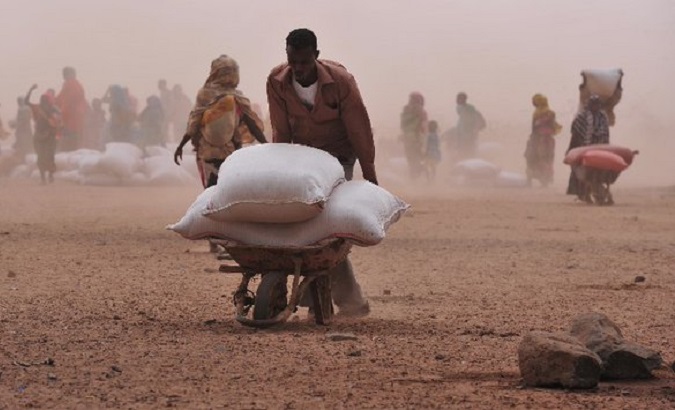
MOGADISHU, Oct 12 (NNN-TELESUR) — The United Nations Office for the Coordination of Humanitarian Affairs (OCHA) on Tuesday confirmed that the number of drought-related displacements has increased to over 1.17 million in Somalia between January 2021 and September 2022.
Some 68,393 people were displaced by drought in September., a 3 percent increase compared to the previous month. The new arrivals have been observed in the Bay region (26 percent), followed by Gedo (14 percent), Banadir (11 percent) and Bakool (11 percent).
“The significant flow of arrivals in Bay is a continuation of a displacement trend that was first observed in July, when the Bay region received 40 percent of new arrivals, compared to only 2 percent in June,” the OCHA said in its drought displacement monitoring report.
The increase of displacements from and within the Bay region is occurring in the backdrop of a projection of famine occurring in two districts — Baidoa and Burhakaba — of Bay between October and December 2022, unless humanitarian assistance is rapidly scaled up.
Somalia is going through a two-year historic dry spell that has not been seen in more than 40 years. This coupled with the expected fifth failed rainy season is bound to displace many more families amid looming famine in some parts of the country.
“Even though the proportion of new arrivals observed per region has changed this month, the patterns of places of origin per region have remained consistent,” the OCHA said, adding that the majority of new arrivals in the Bay region originated in Bay, so the movements were intra-regional while the remaining 17 percent came from the Bakool region.
The UN projects that famine will be a reality in parts of the country during October-December unless life-saving assistance is urgently ramped up to reach the people most in need.
About 7.8 million Somalis have been affected by the worst drought in four decades, with more than 1 million displaced, including nearly 99,000 displaced by drought in August. The last famine in Somalia was declared just over 10 years ago in 2011 and led to the deaths of an estimated 250,000 people. — NNN-TELESUR





